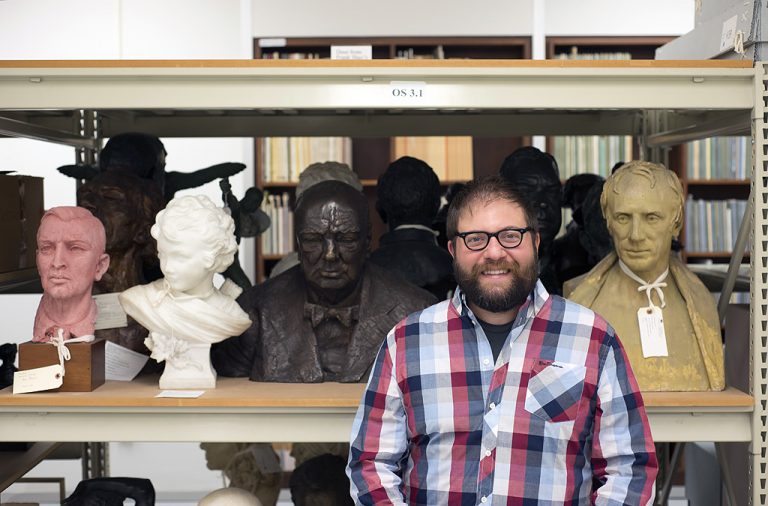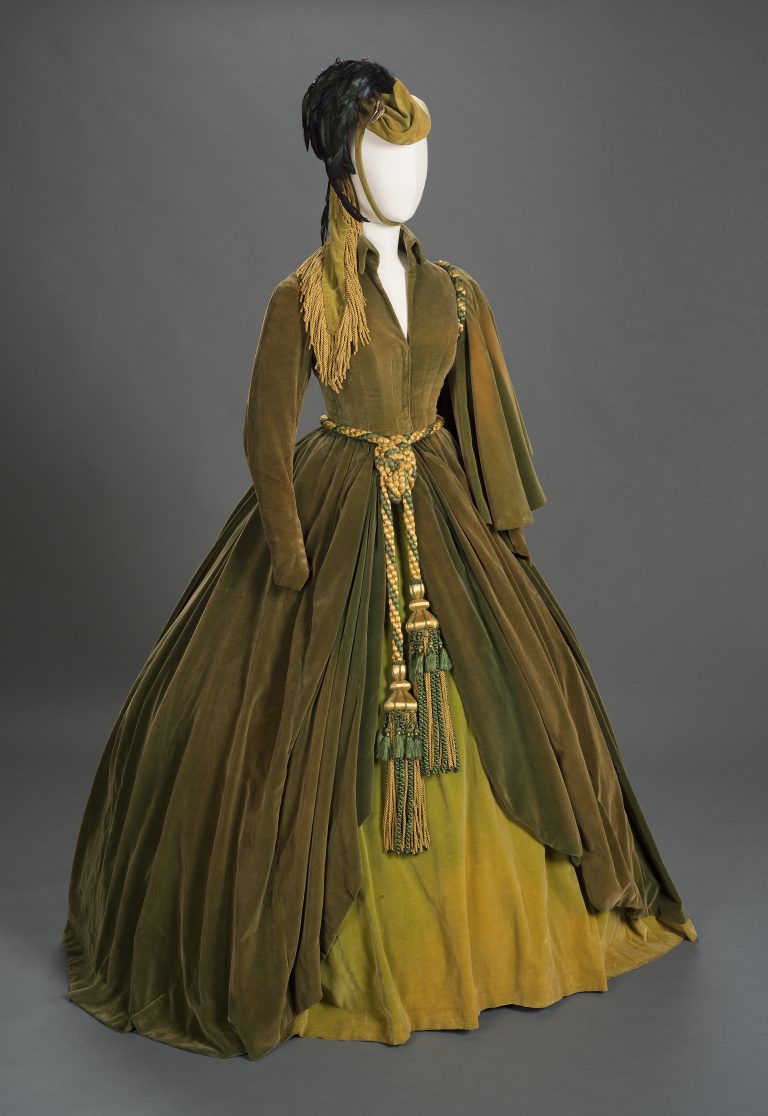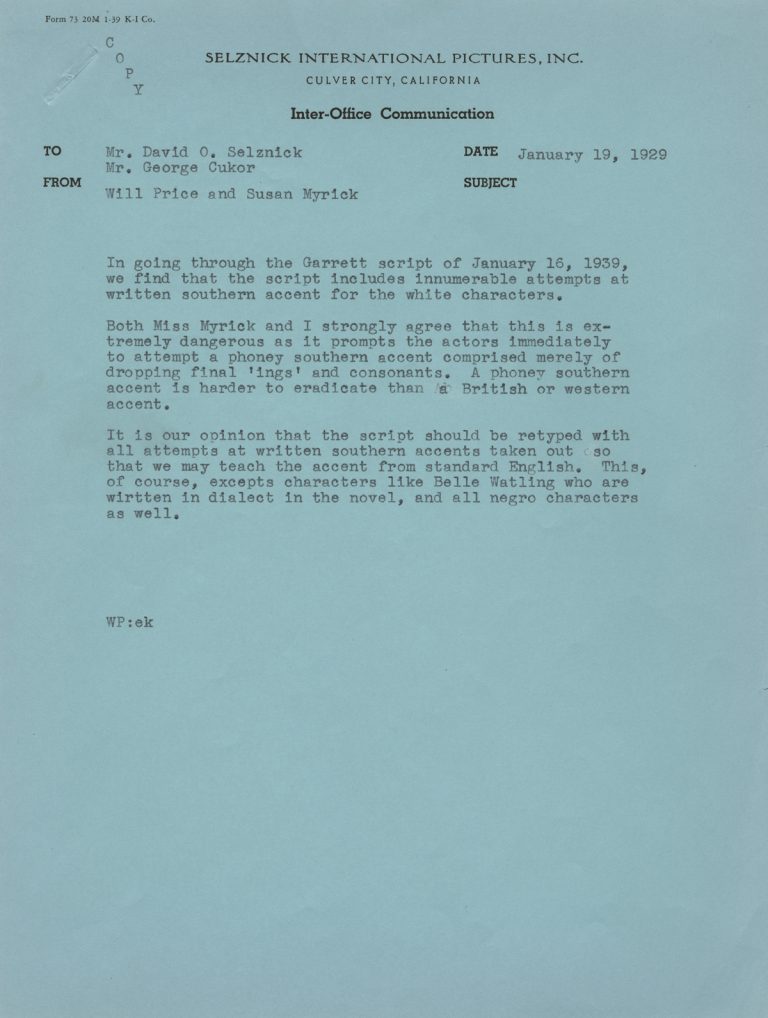Meet the Staff is a Q&A series on Cultural Compass that highlights the work, experience, and lives of staff at the Harry Ransom Center. Daniel Zmud, who joined the Ransom Center in 2001, manages everything web-related and supervises the digitization of the Center’s archival sound recordings, videotapes, and motion picture… read more
Meet the Staff: Webmaster Daniel Zmud
Filed Under: Exhibitions + Events, Meet the Staff Tagged With: car restoration, Chevrolet Corvair, classic cars, Daniel Zmud, David O. Selznick, Gone with the Wind, Mazda Miata, Meet the Staff, The Harry Ransom Center, The Making of Gone With The Wind, The Ransom Center, University of Texas at Austin, web exhibition, Webmaster




